VCE BIOLOGY 2006*2009: UNIT 4 SAMPLE
advertisement
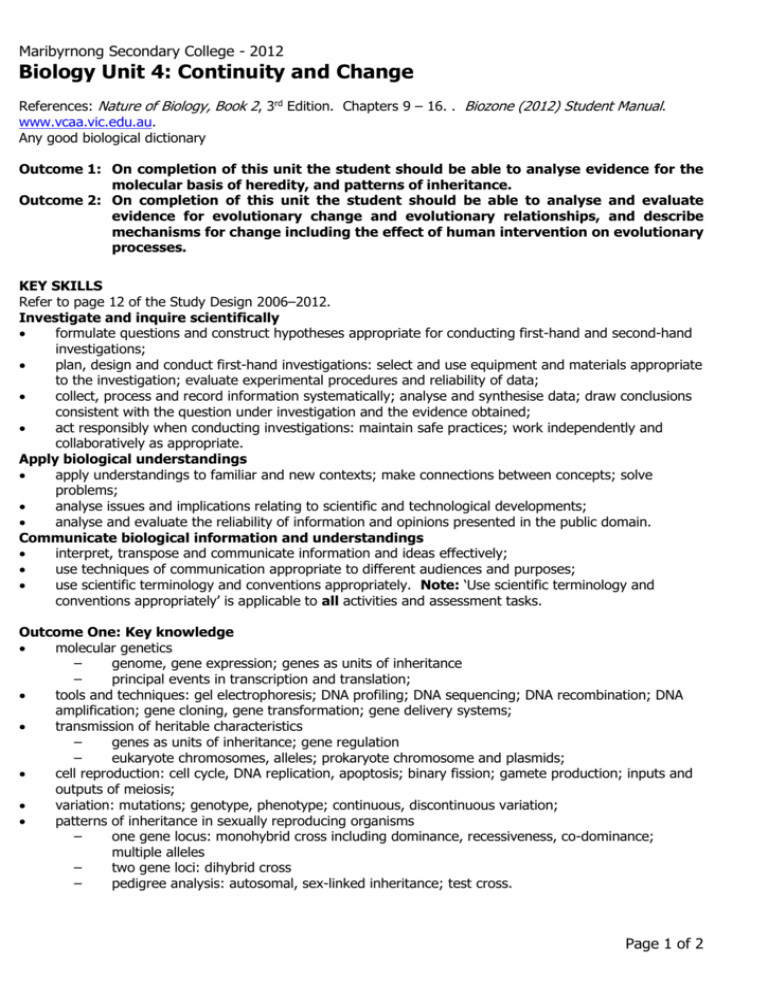
Maribyrnong Secondary College - 2012 Biology Unit 4: Continuity and Change References: Nature of Biology, Book 2, 3rd Edition. Chapters 9 – 16. . Biozone (2012) Student Manual. www.vcaa.vic.edu.au. Any good biological dictionary Outcome 1: On completion of this unit the student should be able to analyse evidence for the molecular basis of heredity, and patterns of inheritance. Outcome 2: On completion of this unit the student should be able to analyse and evaluate evidence for evolutionary change and evolutionary relationships, and describe mechanisms for change including the effect of human intervention on evolutionary processes. KEY SKILLS Refer to page 12 of the Study Design 2006–2012. Investigate and inquire scientifically formulate questions and construct hypotheses appropriate for conducting first-hand and second-hand investigations; plan, design and conduct first-hand investigations: select and use equipment and materials appropriate to the investigation; evaluate experimental procedures and reliability of data; collect, process and record information systematically; analyse and synthesise data; draw conclusions consistent with the question under investigation and the evidence obtained; act responsibly when conducting investigations: maintain safe practices; work independently and collaboratively as appropriate. Apply biological understandings apply understandings to familiar and new contexts; make connections between concepts; solve problems; analyse issues and implications relating to scientific and technological developments; analyse and evaluate the reliability of information and opinions presented in the public domain. Communicate biological information and understandings interpret, transpose and communicate information and ideas effectively; use techniques of communication appropriate to different audiences and purposes; use scientific terminology and conventions appropriately. Note: ‘Use scientific terminology and conventions appropriately’ is applicable to all activities and assessment tasks. Outcome One: Key knowledge molecular genetics – genome, gene expression; genes as units of inheritance – principal events in transcription and translation; tools and techniques: gel electrophoresis; DNA profiling; DNA sequencing; DNA recombination; DNA amplification; gene cloning, gene transformation; gene delivery systems; transmission of heritable characteristics – genes as units of inheritance; gene regulation – eukaryote chromosomes, alleles; prokaryote chromosome and plasmids; cell reproduction: cell cycle, DNA replication, apoptosis; binary fission; gamete production; inputs and outputs of meiosis; variation: mutations; genotype, phenotype; continuous, discontinuous variation; patterns of inheritance in sexually reproducing organisms – one gene locus: monohybrid cross including dominance, recessiveness, co-dominance; multiple alleles – two gene loci: dihybrid cross – pedigree analysis: autosomal, sex-linked inheritance; test cross. Page 1 of 2 Maribyrnong Secondary College - 2012 Outcome Two: Key knowledge change in populations: gene pool, allele frequencies; selection pressures; genetic drift; natural selection as a mechanism of evolution; geological time: scale; relative and actual dating techniques; evidence of evolution: fossil record, biogeography, comparative anatomy; molecular evidence; patterns of evolution: divergent, convergent; allopatric speciation, extinction; the development of evolutionary theory; evolutionary relationships: conservation of genes; genome phylogeny; mitochondrial evolution; hominid evolution: patterns, origin; interrelationships between biological, cultural and technological evolution; human intervention in evolutionary processes – selective breeding – application of gene technologies: cloning of organisms; transformation; stem cell differentiation; genetic screening, gene therapy. Page 2 of 2
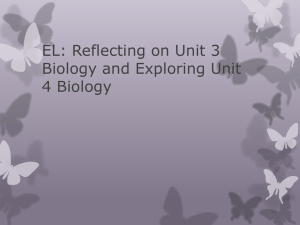


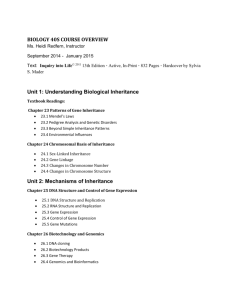
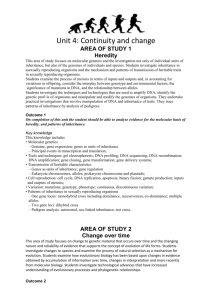






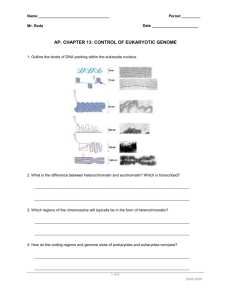
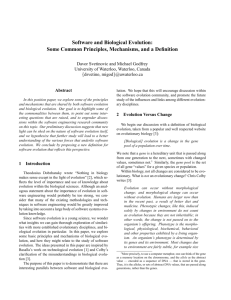
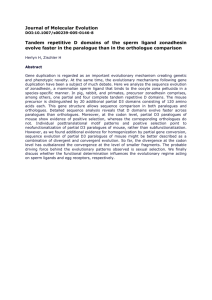
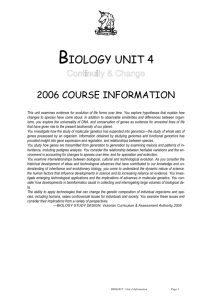
![Yr12HumanBiologyProg2012[1]. - Atwell-HB3](http://s3.studylib.net/store/data/007199305_1-620ed4f745912cc3abac5e7c3205b6fc-300x300.png)